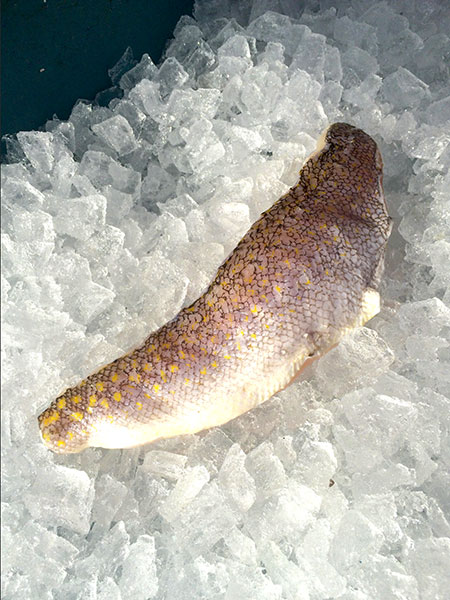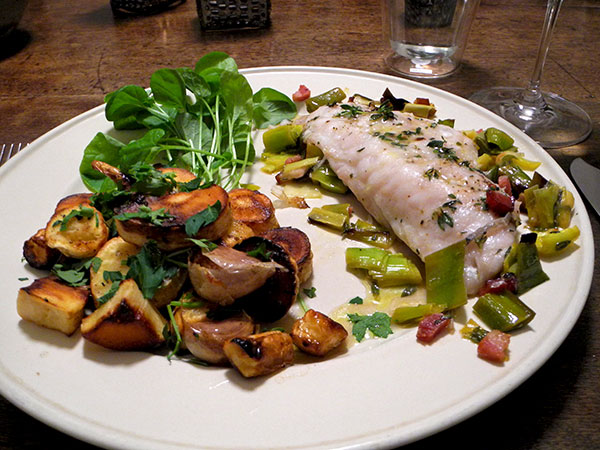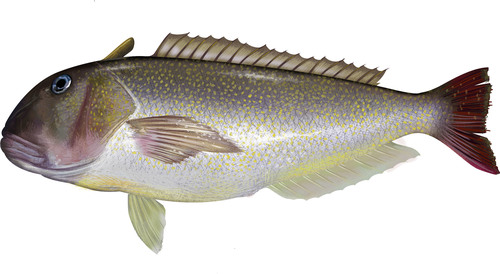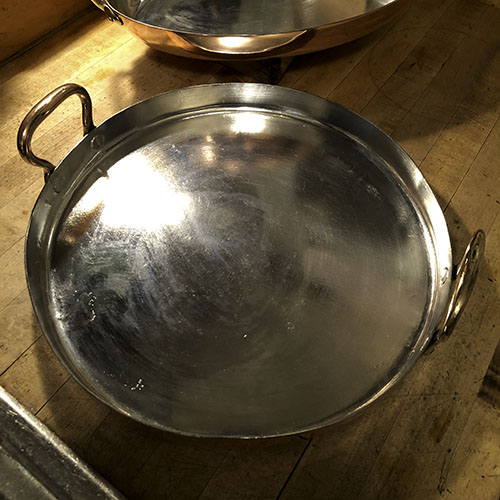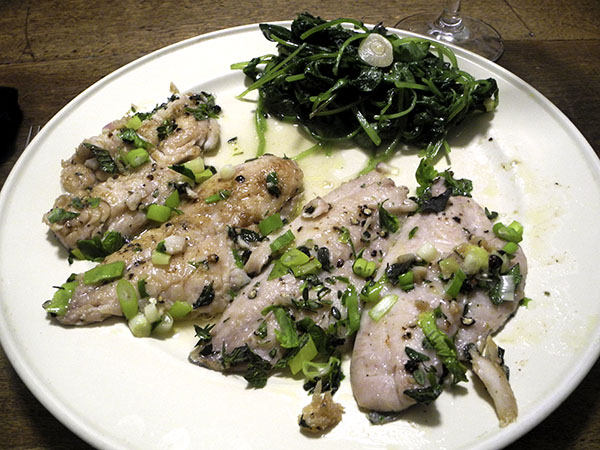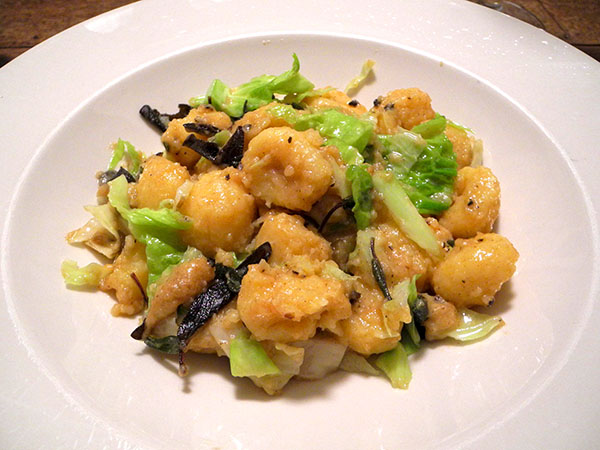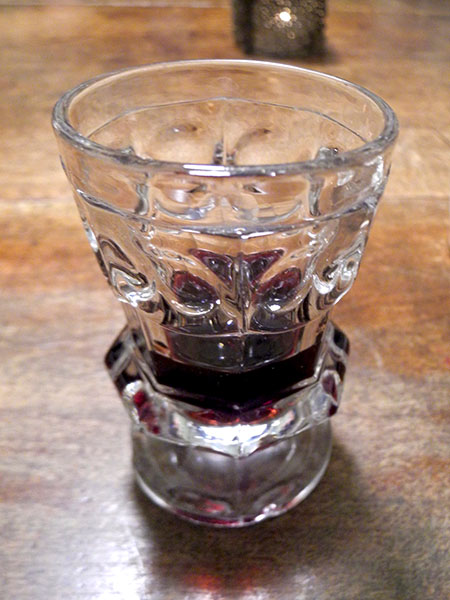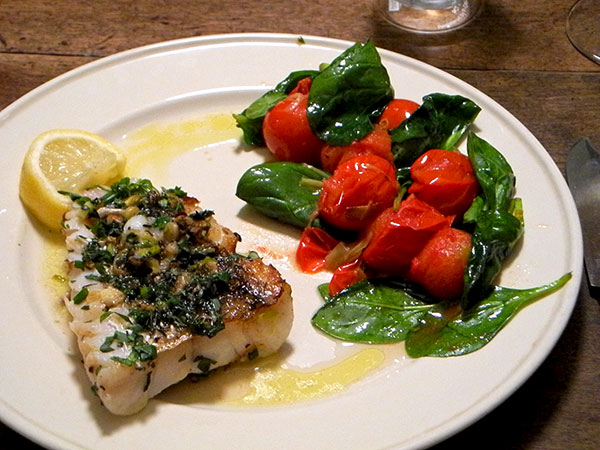
Note to self: Despite the circumstances of its genesis, this meal was very, very good.
Having been reminded yesterday that there probably wouldn’t be be time to put meals together on three of the next six nights (because of performances which would get us home pretty late), I made a list of the more perishable vegetables I had on hand, determined not to lose any of them to advancing age. The list included upland cress; leeks, both regular and baby; spinach; spring, or green garlic; cherry tomatoes; kale, and most of my fresh herbs.
Last night, after a certain amount of on-line research and mental juggling, I managed to assemble a meal which put a good dent in those stores. I had been concerned that my ‘expiration date’ priorities might compromise the best prescription for the beautiful 12-ounce tilefish fillet I had brought home from the Greenmarket earlier in the day, but, as it turned out, I needn’t have worried: The entire entrée was a small triumph, thanks to the suppliers, the internet and two recipes which were totally new to me.
Together, Melissa Clark’s, ‘Pan-Seared Tilefish with Garlic, Herbs and Lemon‘, and Mary Ann Esposito’s, ‘Cherry Tomatoes with Leeks and Thyme [Pomodorini con Porri e Timo]’, seemed to have been created with both my situation and my particular tastes in mind. Using them in combination, I was able to use at least some of the two forms of leek, most of the tomatoes, a good portion of the herbs, two of the three pieces of spring garlic, and all of the spinach I had painstakingly separated from those leaves which had not quite made it while waiting a few days to be used. My only innovations were the addition of spinach to the leek-and-tomato dish, the very generous amount of herbs I lavished on the tilefish, and my decision to not remove its skin.
I had never heard of the tilefish (the species in our waters is Lopholatilus Chamaeleonticeps, aka Great Northern Tilefish, Golden Tilefish, etc.) until six or seven years ago, but I’ve been delighted with it both times I’ve cooked it. I roasted it each time, first with a lot of butter and fresh breadcrumbs, later on a bed of leeks and bacon pieces. Yesterday I sautéed it, and baby leaks and herbs were pretty front and center this time.
It’s a magnificent fish.
Looking forward, tonight we will enjoy two small filet mignon the Greenmarket’s from Millport Dairy, which will open up a number of possibilities for using the perishable vegetables and herbs which remain. I’m hoping I’ll be able to squeeze in at least one root as well.
But this is what we enjoyed last night:
- Pan-seared tilefish from American Seafood Company in the Greenmarket, prepared after this Melissa Clark recipe, using two stems of fresh, or spring garlic from Rogowski Farm and one of baby leek, also from Rogowski, thyme from Eataly, mint from Eataly, chives from Whole Foods, and tarragon from Whole Foods
- Maine Backyard Farms cocktail tomatoes from Whole Foods and a large leek from S. & S.O. Produce Farms, prepared following this recipe, using thyme from Eataly and a bit of Malawi raw cane sugar (spooned out of my sugar bowl, where it is stored with one whole vanilla bean), and finished with a large handful of washed baby spinach from Rogowski Farm
- Italian semolina bread from Baker’s Bounty
- the wine was a Portuguese white, Quinta do Alqueve Fernão Peres 2010
- the music was Ferdinand Ries‘s Piano Concerto No. 2
I had bought the very last Tilefish from Nadia of American Seafood at the Greenmarket, and when I said something about wishing I had photographed it before packing it in my insulated bag, she was kind enough to unwrap and lay it out on fresh ice for this picture:
